Birds of Camargue
Last updated on February 10th, 2024 at 04:30 pm
The Camargue has been part of the 46 parcs naturels régionaux what does France count. This park, with an area of 84,800 hectares of land, 34,300 on the sea, extends mainly over the municipalities of Arles and Saintes Marie de la Mer. It is the largest wetland in France. An exceptional biodiversity is present in these wetlands. The Camargue is one of the last natural environments on the Mediterranean coast.
Birds of Camargue for ornithologists as for photographers, the Camargue is a privileged place for bird watching throughout the year.
Grey Heron
Black-winged Stilt
Bird classification
Camargue birds can be classified into four categories :
- Nesting summer visitors, from April to September, such as terns, bee-eaters, rollers or hoopoes. These winter in Africa and come to breed in the Camargue in the spring. They can be observed in the Camargue from the month of March.
- Migratory birds, which are mainly encountered in the autumn on the outward journey and in the spring on the return trip, (waders and passerines) these stop in the Camargue during their migration.
- The wintering ones, from September to March, in particular the ducks. These come from central and northern Europe, seeking a milder climate. They can be observed from November.
- The sedentary ones, such as the whiskered titmouse and the warbler, which can be observed in the Camargue throughout the year.
Throughout the year, the Camargue welcomes thousands of sedentary and migratory birds to its immense expanses of marshes, lagoons and reedbeds: pink flamingos, ducks, herons, waders, seagulls.
Bird Migration
Bird migration is a regular and seasonal animal migration of many species of birds. This migration is the movement that they make over a cycle of one year. This migration takes place between their nesting site, which takes place during the summer, and their wintering site.
A distinction is made between Spring migration, called pre-nuptial, and Autumn migration, called post-nuptial.
Migration is essentially a way for these species to escape a change in habitat or a decrease in the availability of food conditioned by the seasons and linked to an unfavorable climate whose conditions differ according to the latitudes, but is also a maximization of the chances breeding.
Some species are totally migratory; others are partially so, ie some individuals migrate and others are sedentary or resident, ie they stay put. Partial migration is very common for species from southern continents.
Greater Flamingo
Black-headed Gull
Protection sites
The main protection sites concerning the Camargue are the following:
- the Camargue National Reserve, with an area of just over 18,000 hectares. The SNPN manages this reservee.
- the departmental reserve of Imperial and Malagroy, it covers approximately 2770 hectares.
- the Tour du Valat biological station, well known as a bird ringing centre, is a research center for the conservation of Mediterranean wetlands.
- the ornithological park of Pont de Gau.
- the Camargue Regional Natural Park created in 1972, and which covers an area of 84,800 hectares.
Little Grebe
The main bird watching points in Camargue
The Camargue includes many private properties, often inaccessible to the general public. In order to allow you to observe birds in the best conditions, here is a list of places specifically designed for bird watching.
- The ornithological park of Pont de Gau, towards Saintes Marie de la Mer.
- The Domaine of la Palissage located near the mouth of the Great Rhône, towards Salin de Giraud. It is a protected natural area belonging to the Conservatoire of littoral.
- The Marsh of Viguerat, Mas Thibert 30 minutes from Arles, on a protected site of 1200 hectares belonging to the Conservatoire of littoral.
- La Capelière, near the Etang du Vaccarès, an area of about thirty hectares, managed by the National Society for the Protection of Nature (SNPN).
- Le Scamandre, located in the small Camargue Gardoise. Property of approximately 140 hectares, belonging respectively to the municipality of Vauvert and to the General Council of Gard.
- The Marsh of Verdier, located in Camargue in the municipality of Arles (Bouches-du-Rhône), between Arles and Salin de Giraud, close to the hamlet of Sambuc. An association manages this site.
- Theys at the mouth of the Rhône, south of the Port Saint-Louis-du-Rhône activity zone, a protected site since 1980. The Conservatoire du Littoral manages this site.
Greater Flamingo
Little Egret
Glossy Ibis
The Marsh Birds
Order of 29-10-2009 fixing the “ list of protected birds ” on the whole territory of France.
Informations and documentations :
Observation places :
Bird Protection
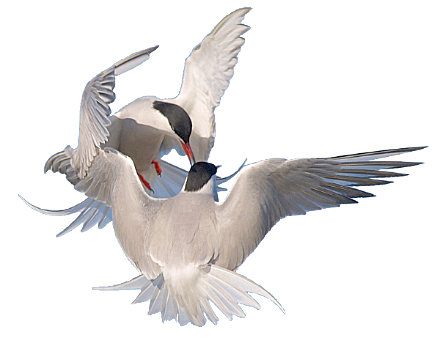


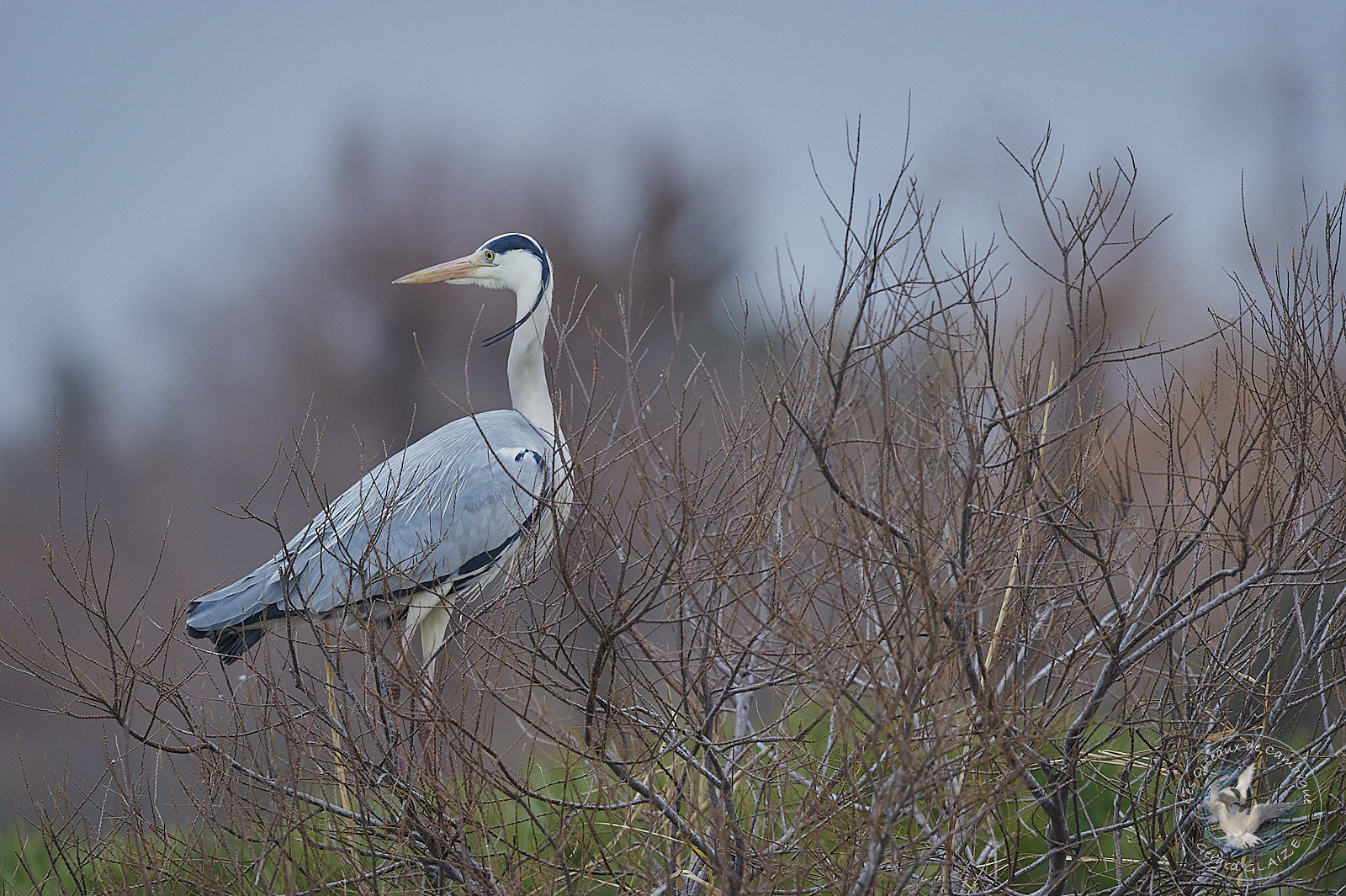
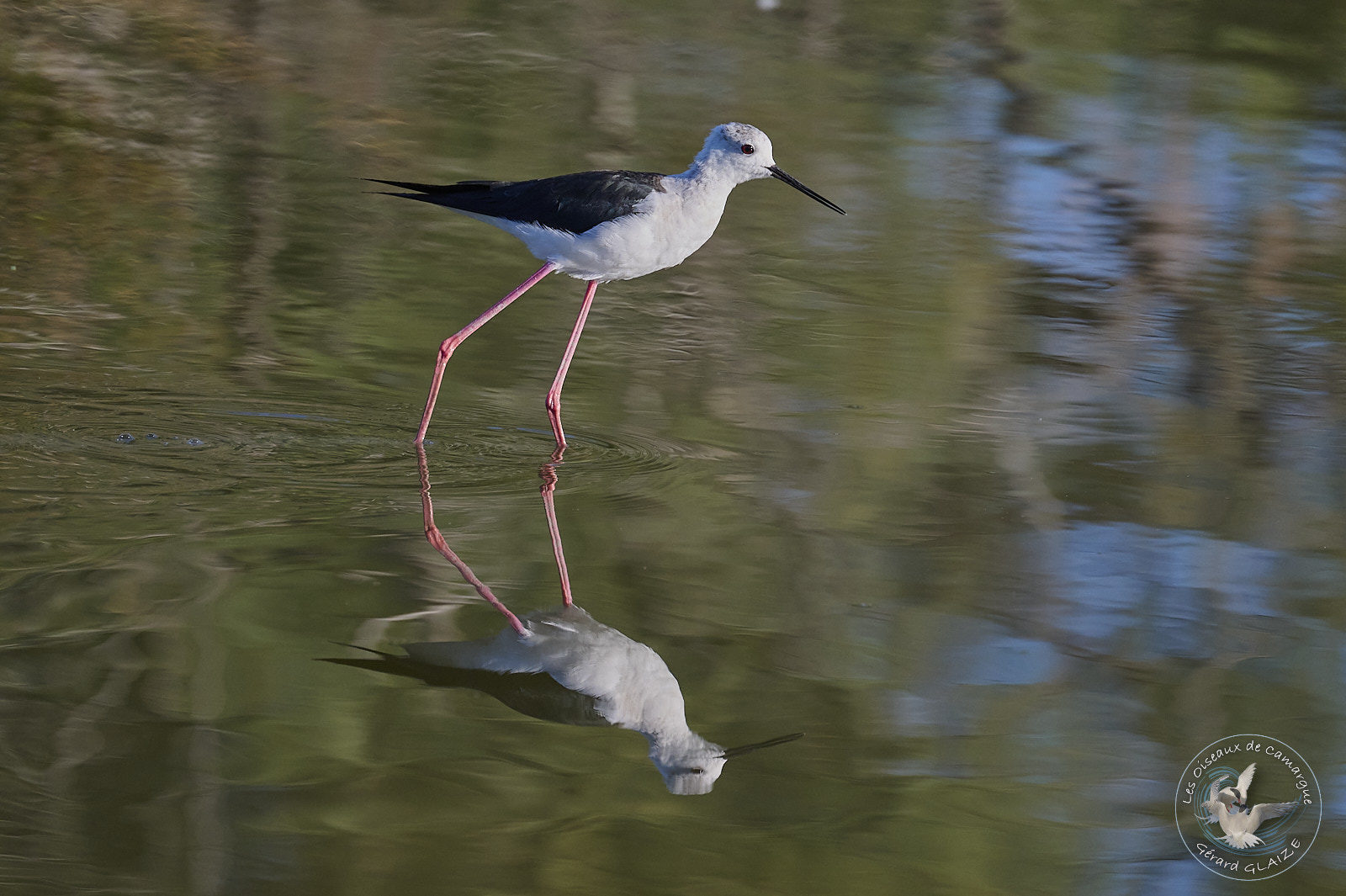
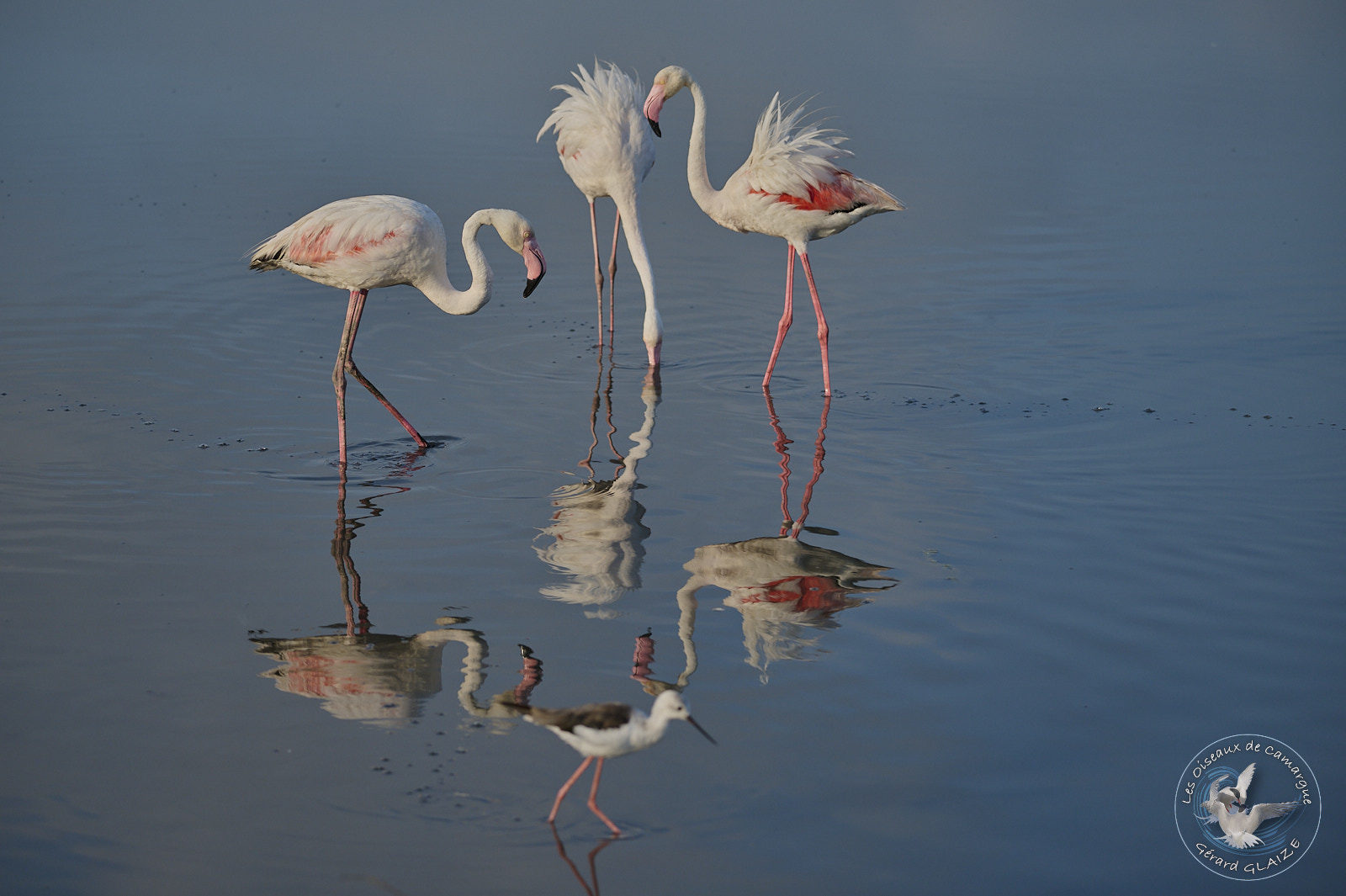
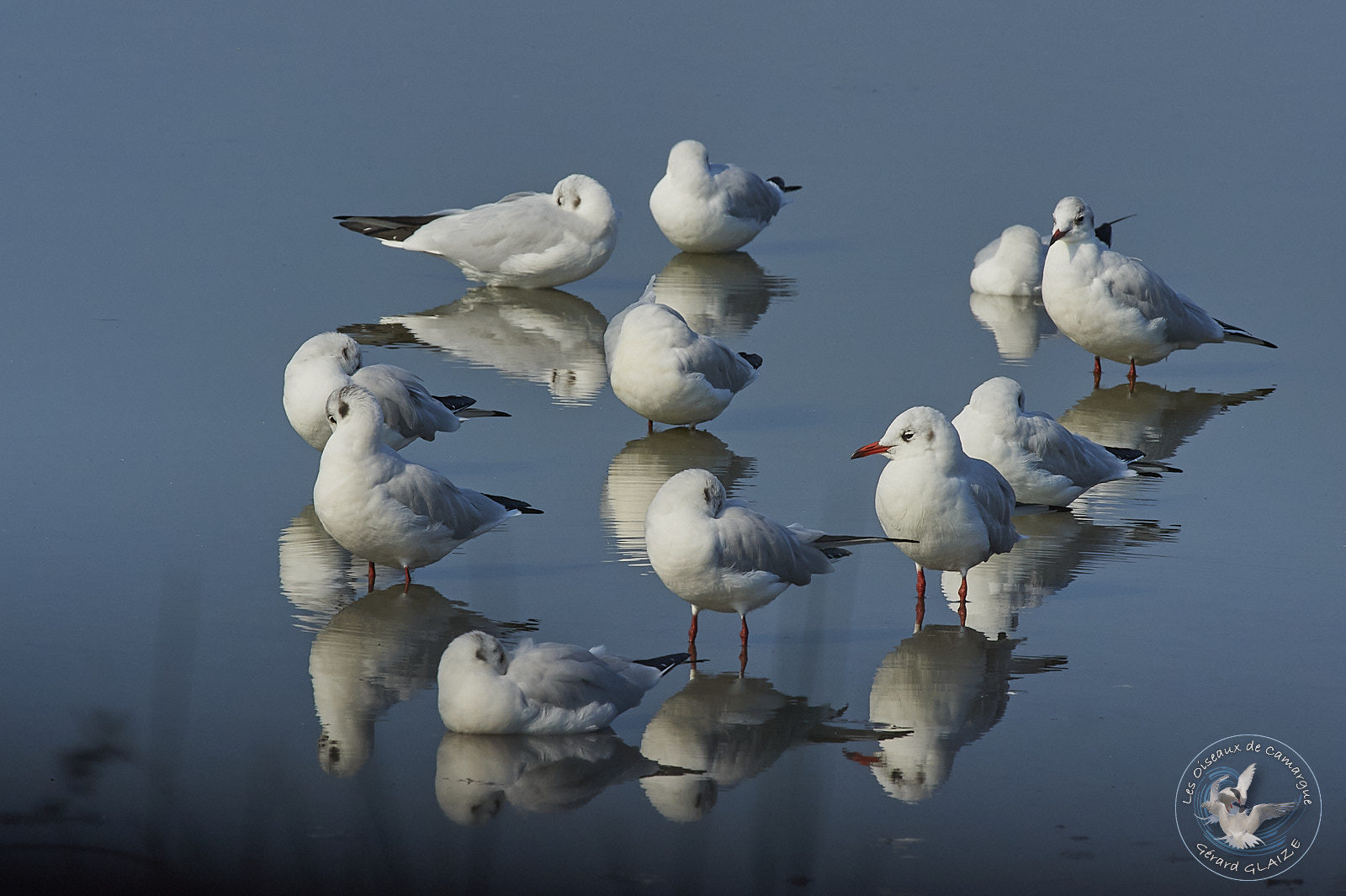
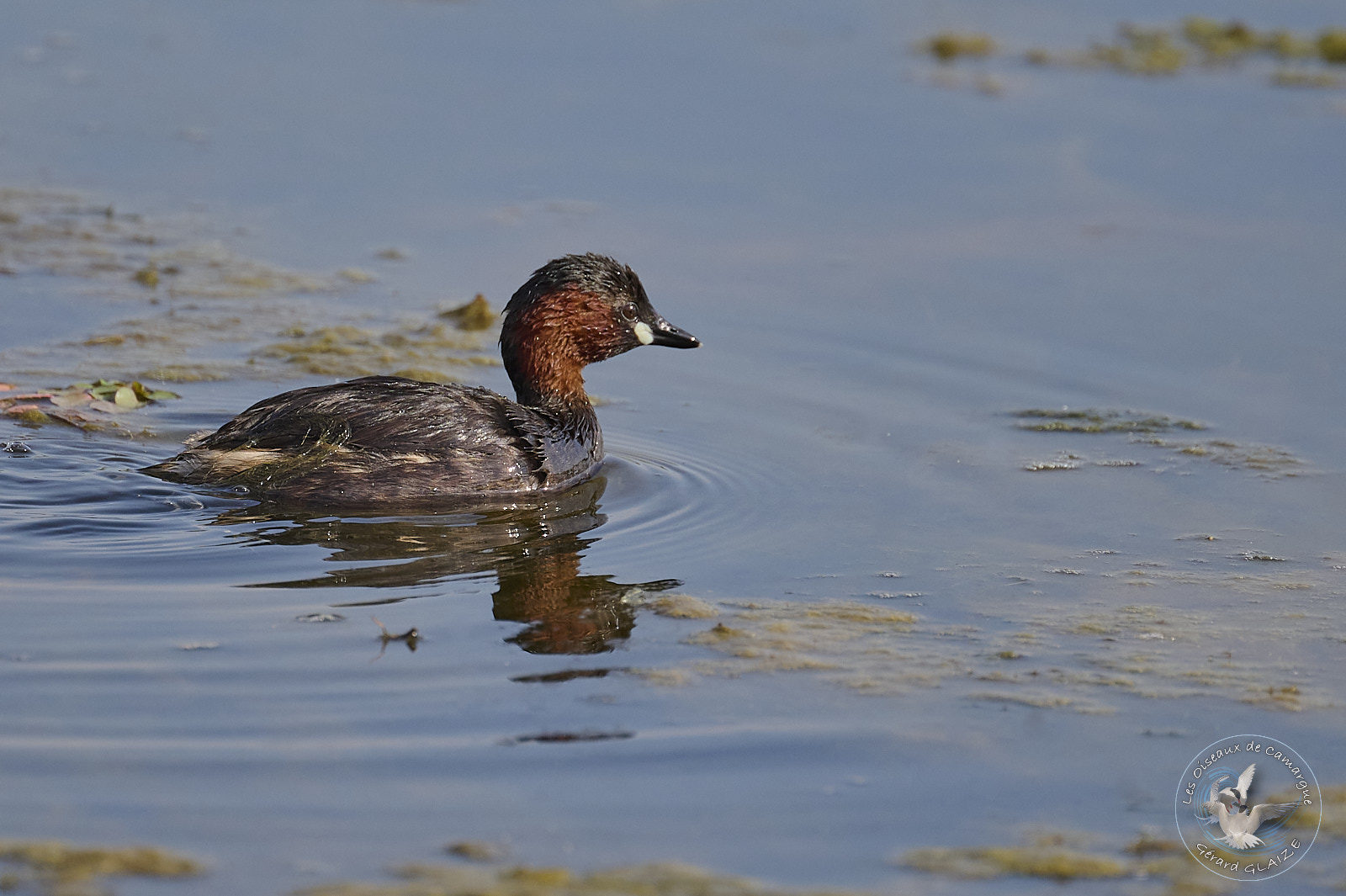
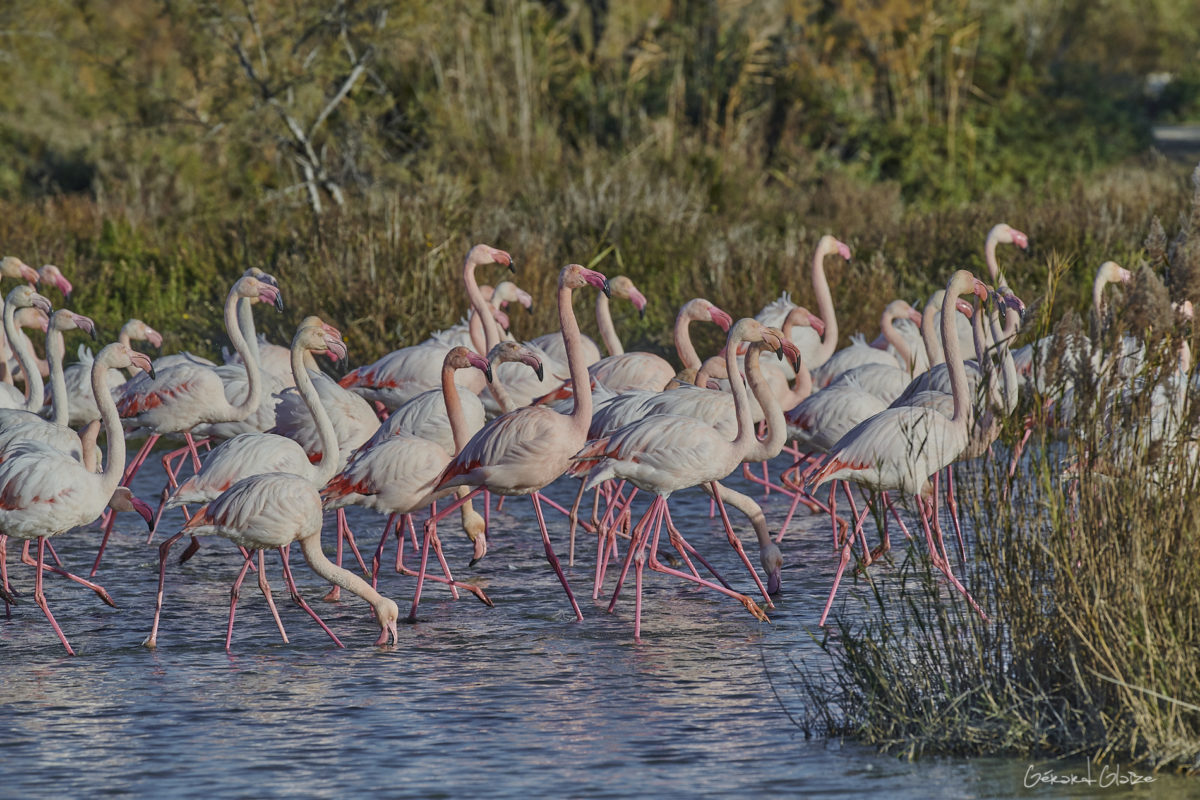
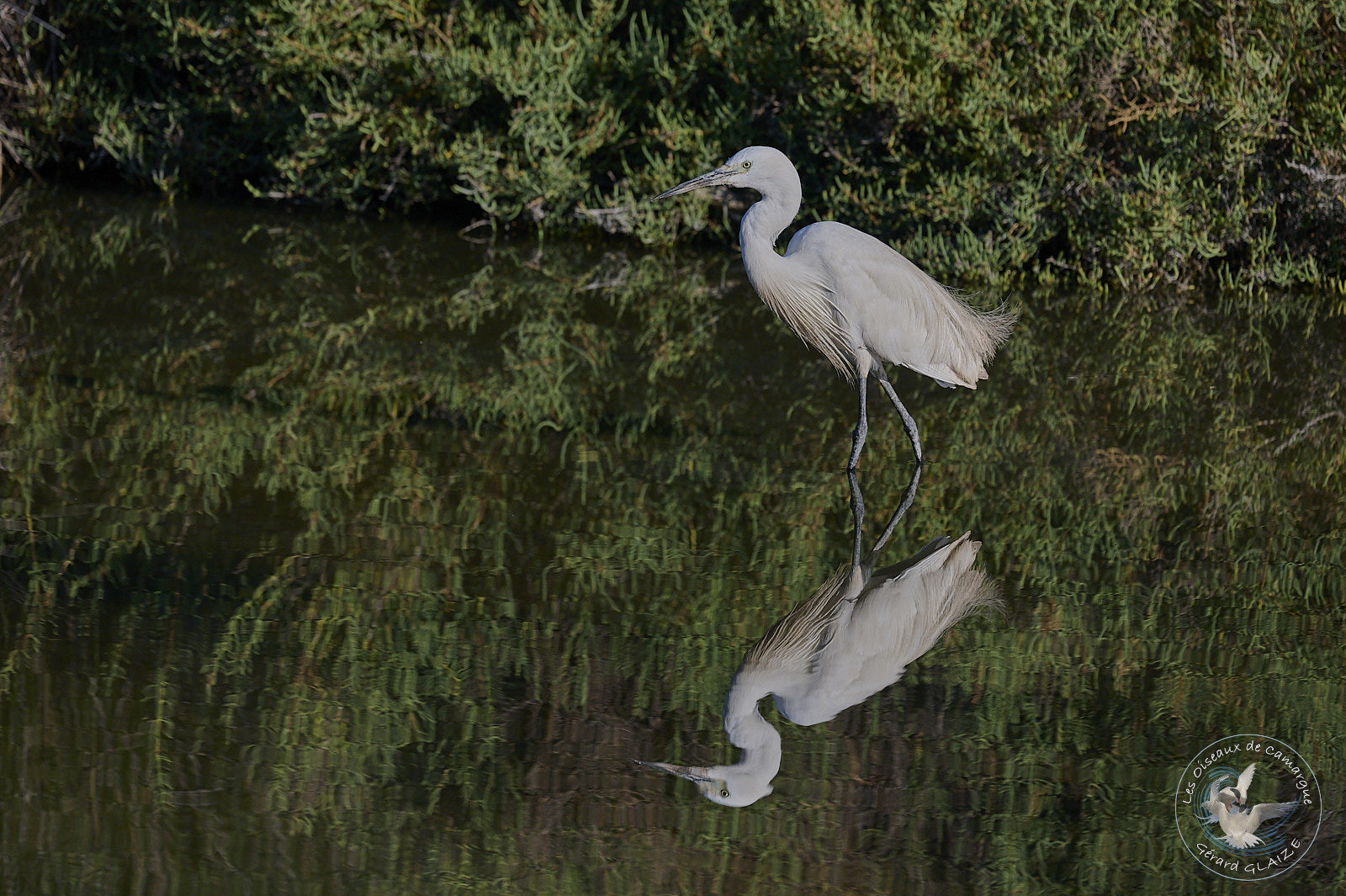
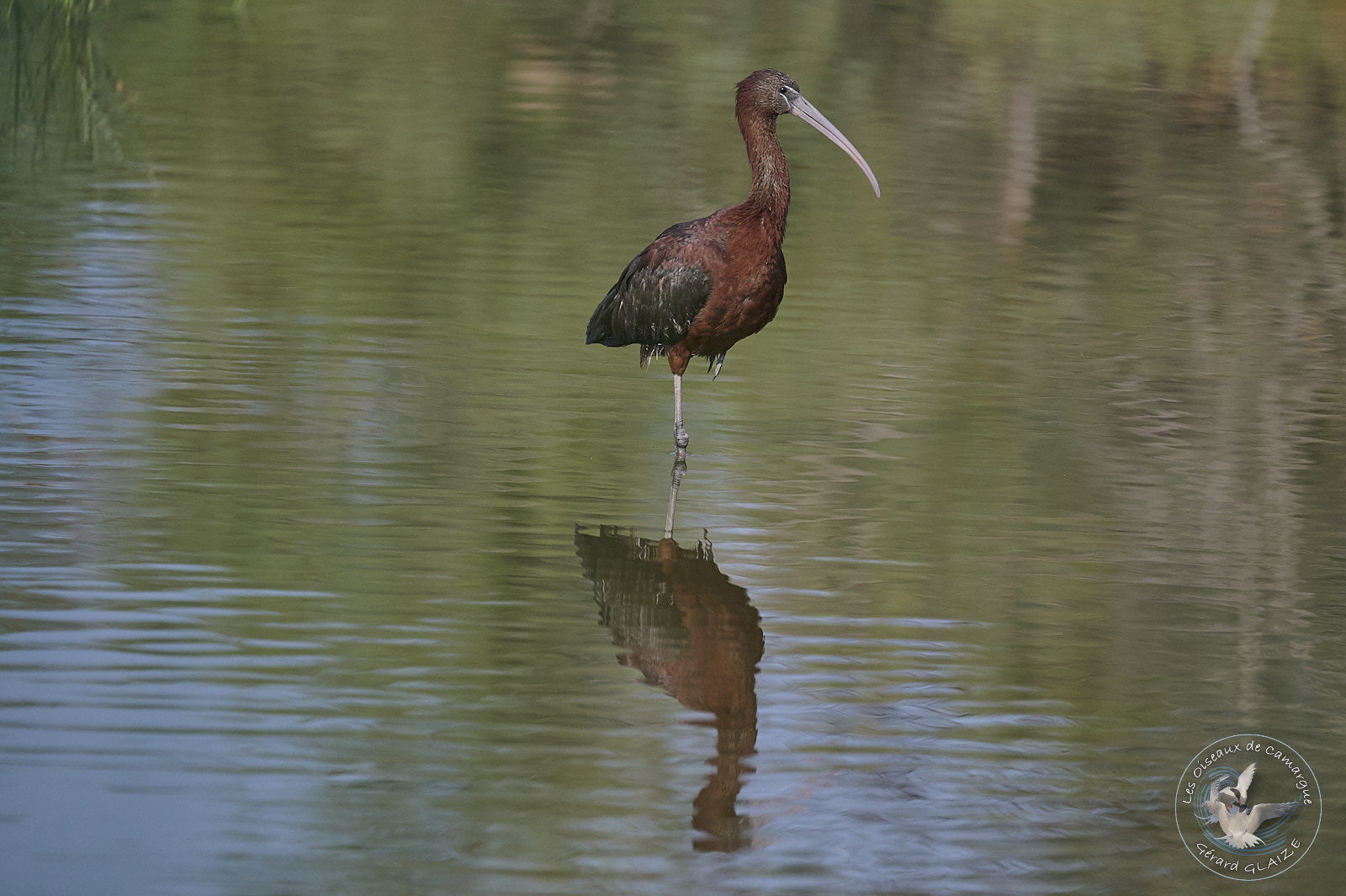
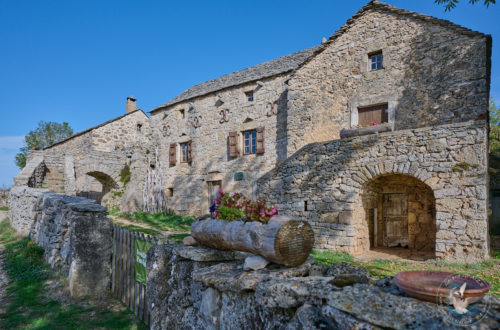
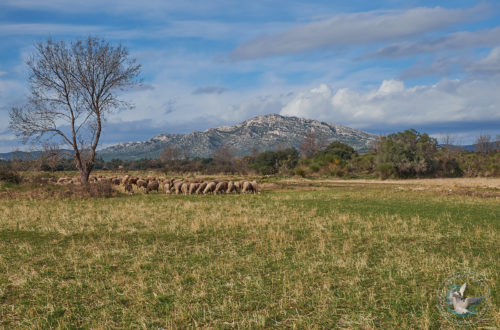
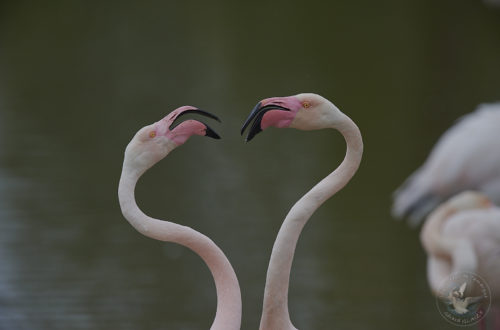
3 Comments
Pingback:
Pingback:
Pingback: